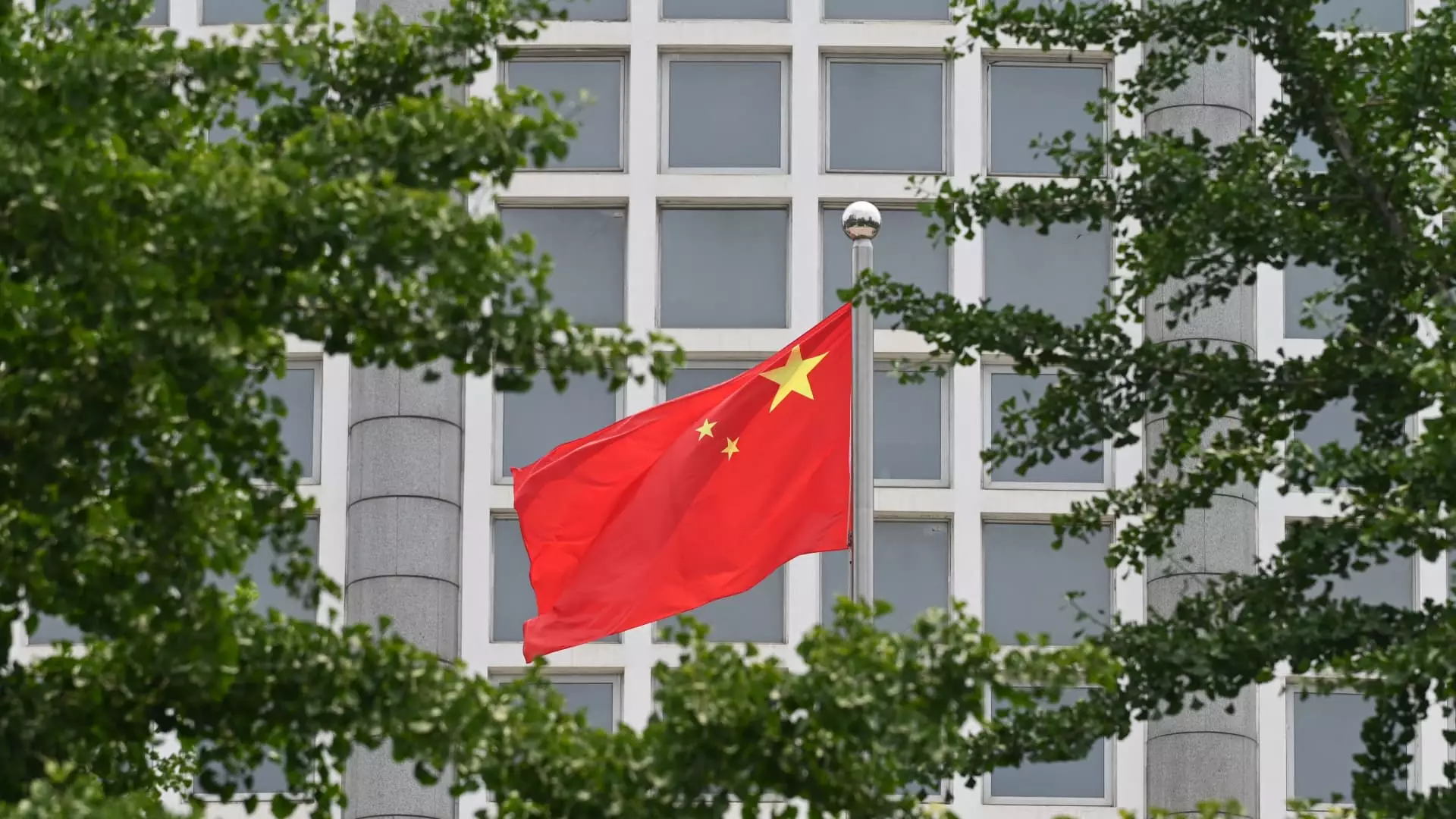In a recent press conference, Zheng Shanjie, the chairman of China’s National Development and Reform Commission (NDRC), presented an overview of the government’s strategy aimed at stimulating the nation’s economy. Despite the anticipated excitement surrounding the announcement, investors were met with a degree of disappointment as no sweeping new stimulus measures were introduced. This reluctance to roll out major financial initiatives reflects a careful navigation of an economic landscape characterized by underwhelming growth and mixed signals from various economic indicators.
While Zheng’s remarks included promises to expedite the issuance of special purpose bonds to local governments and the continuation of ultra-long special treasury bonds—already totaling 1 trillion yuan—there was a lack of a robust new investment strategy that many stakeholders had hoped for. His announcement of a 100 billion yuan investment plan, expected to be revealed by the end of the month, was seen as a step forward but insufficient to instill confidence among investors in the face of stagnating growth rates. Consequently, the mainland equities markets saw volatility, displaying a brief surge followed by instability as investors grappled with the implications of Zheng’s reserved approach.
The backdrop for these economic strategies is a palpable urgency felt by China’s top leaders, who recognize the daunting challenges facing the economy. Significant pressures from a sluggish recovery post-COVID-19 lockdowns, combined with tepid domestic demand and a continued downturn in the property sector, have necessitated a reevaluation of both fiscal and monetary policies. The government had previously promised an aggressive suite of stimulus measures to revitalize a struggling economy, raising questions about the efficacy and timeliness of such interventions.
Recent data underscores these challenges: the Consumer Price Index (CPI) growth was 0.6% year-on-year in August, below expectations, and factory activity has been contracting for several months, further highlighting the frailties within the production sector. The Purchasing Managers’ Index (PMI) readings provide further evidence of contraction, with official PMI figures indicating stagnation and declining activity, aligning with broader economic anxieties.
China’s GDP growth had initially matched the government’s target of 5% for early 2023. However, as the economy continued to reveal signs of weakness, particularly in the second quarter when GDP growth turned out lower than anticipated at 4.7%, the need for decisive actions became increasingly apparent. The wavering consumer demand, illustrated by underwhelming CPI figures, suggests that consumer confidence remains a serious hurdle to overcome.
In addressing these problems, Zheng reaffirmed the government’s commitment to implementing coherent macroeconomic policies by aligning fiscal measures with monetary strategies. His appeal for coordinated approaches across various sectors emphasizes a broader recognition that piecemeal interventions may no longer suffice to address the multifaceted economic stagnation.
Looking ahead, the NDRC’s assurance of forthcoming measures aimed at revitalizing the property market and enhancing domestic spending has left room for optimism, albeit tempered by the current economic climate. Ensuring effective fiscal deployment of special purpose bonds and other investment plans will be critical for fostering regional growth and alleviating economic distress.
Investors and market observers will be closely monitoring the forthcoming decision-making from China’s leadership, particularly regarding the extent and timing of additional measures. While the eagerness for immediate and impactful resolutions remains strong, the realities of a complex economic environment necessitate a more strategic, long-term approach.
Ultimately, the balance between immediate economic needs and longer-term stability will dictate whether Zheng Shanjie’s cautious optimism translates into tangible recovery for China’s economy. As the world watches, the response to these unfolding economic dynamics will continue to shape expectations and trajectories within both domestic and global markets.

